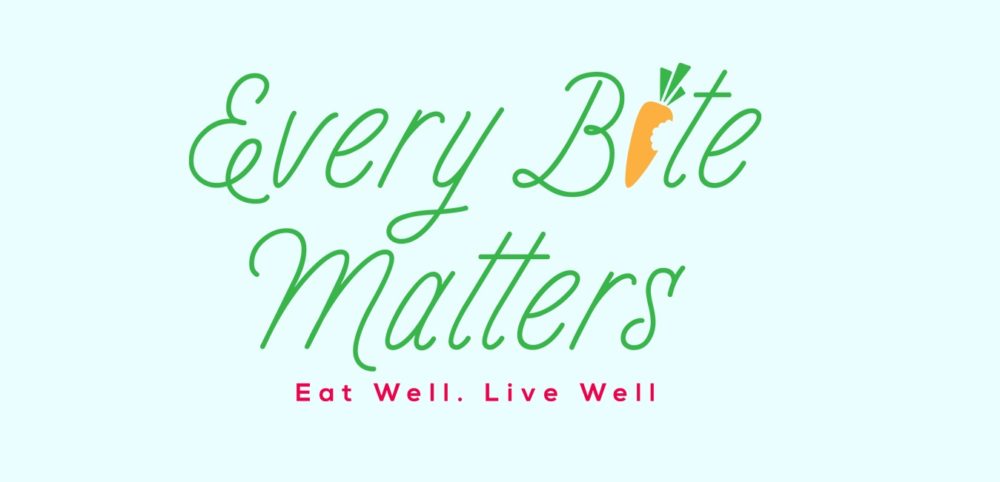The American Heart Association recommends to consume at least two servings (~8oz) of fish per week for heart health. You are studying the restaurant menu at length, couldn’t decide between the Tilapia or Sea Bass? Use the following nutrition tips to cut through the confusion and enjoy your seafood meal. If you would like to expand your ethnic culinary repertoire, check out my recipe for Chinese-Style Steamed Strip bass
Nutrition Tips:
- Choose a variety of fatty fish and focus on wild-caught species (ex. Pacific sockeye salmon) instead of farm-raised species if possible.
- Choose steamed/baked seafood over fried/smoked seafood.
- Choose seafood with a high omega-3 FA to omega-6 FA ratio, such as Pollock, Sea Bass, Cod, Caviar (roe), and King Crab.
- Limit seafood with a high omega-6 FA to omega-3 FA ratio, such as Tilapia and Catfish.
Omega-6 fatty acids to Omega-3 fatty acids ratio?
Increasing omega-3s through fish or shellfish intake is preferable. The most beneficial omega-3s are EPA and DHA. Read more about the anti-inflammatory benefits of EPA and DHA on my Instagram post here The box of dreams .
Unlike omega-3s, consuming too much omega-6s can lead to inflammation, which increase risk of rheumatoid arthritis, blood clots, cancer, and Inflammatory bowel disease (IBD). It’s essential to maintain proper ratio of omega-6 to omega-3 in our diet. Studies found that a ratio of omega-6 fatty acids to omega-3 of 4:1 to 1:1 is considered healthy. Unfortunately, most of us are consuming a ration of >20:1 in modern diet.
Omega-6 fatty acids are loaded in vegetable oil (sunflower, safflower, corn, grape seed), peanut oil, salad dressing, margarine, fried food, and chips.
Not all fish are created equal. Farm-raised tilapia and catfish has a high ration of omega-6 to omega-3 (11:1) compared to the Wild-caught trout and salmon (1:1). Choose cold water fish such as Wild-caught trout, salmon, tuna, sardines for the benefits of EPA and DHA.
Avoid/limit imported fish/seafood as they may be contaminated or loaded with antibiotics that are banned in the US.
If you are pregnant or breastfeeding, a high quality, purified fish oil would be the safest source of EPA and DHA.





